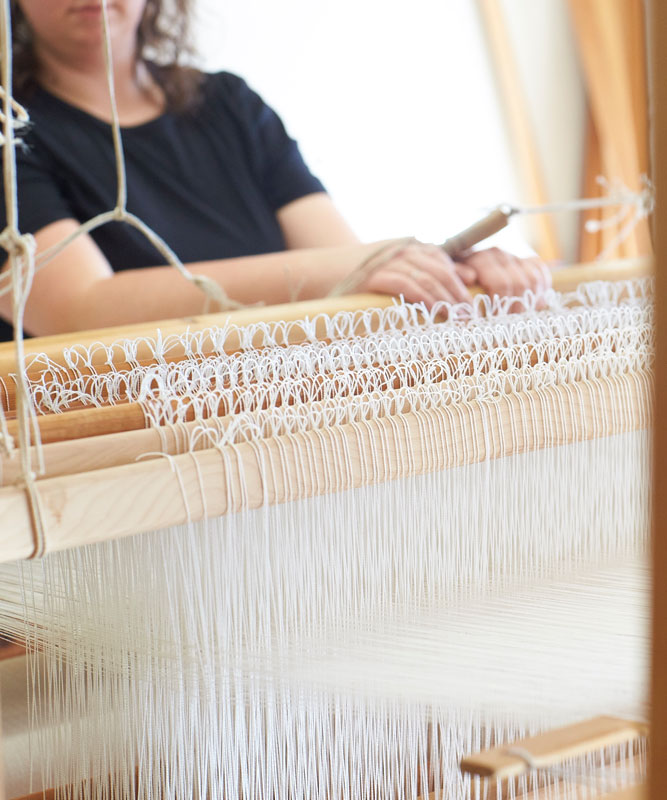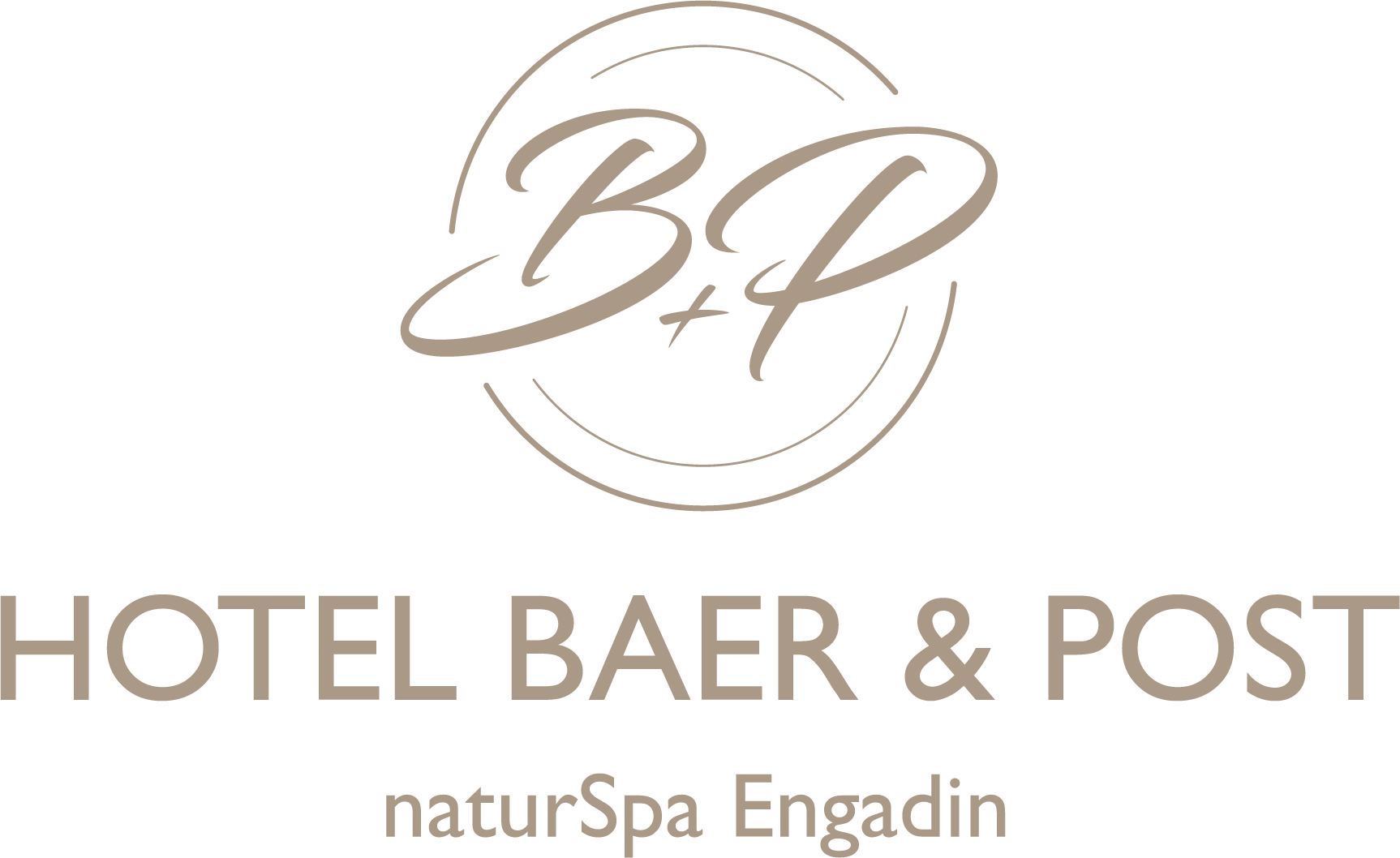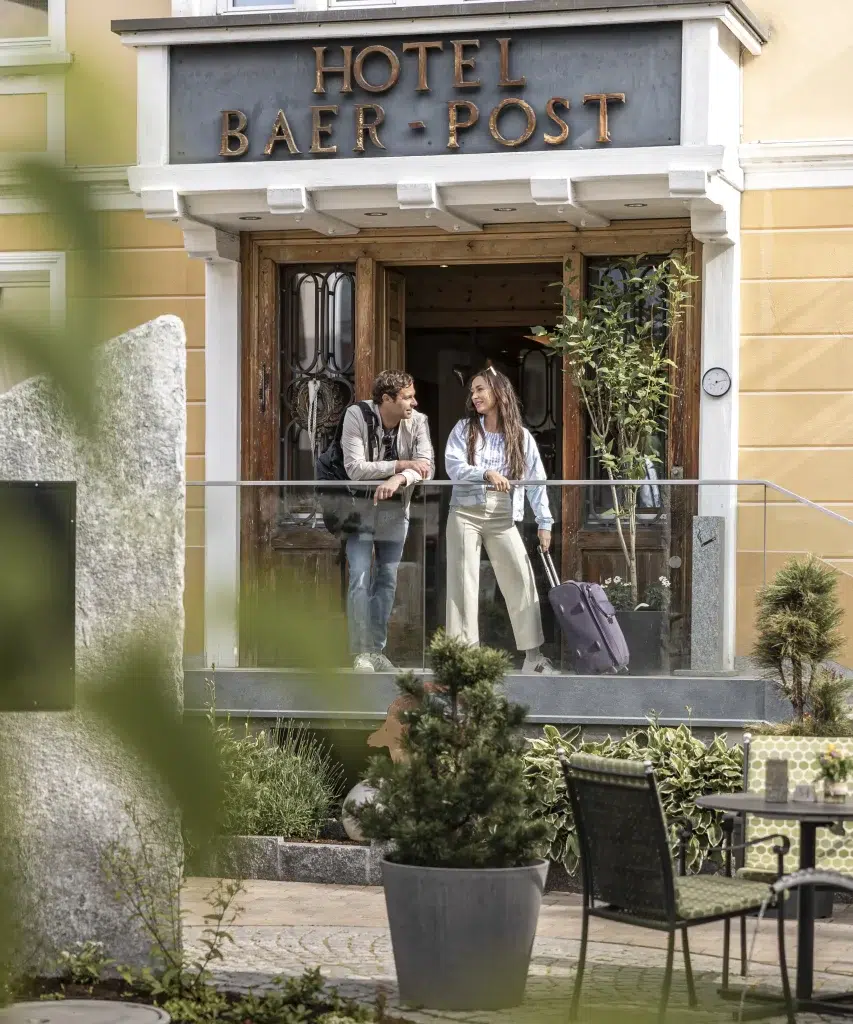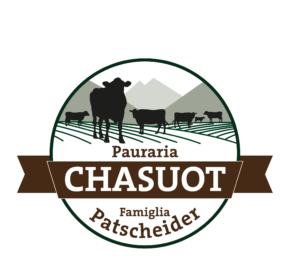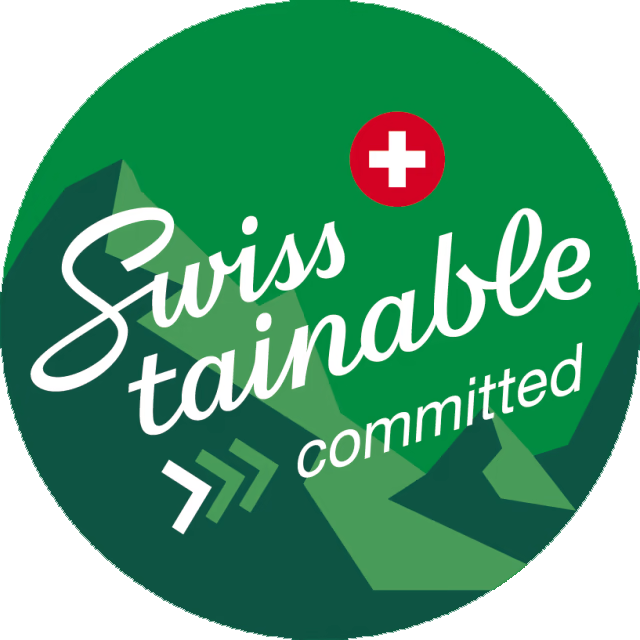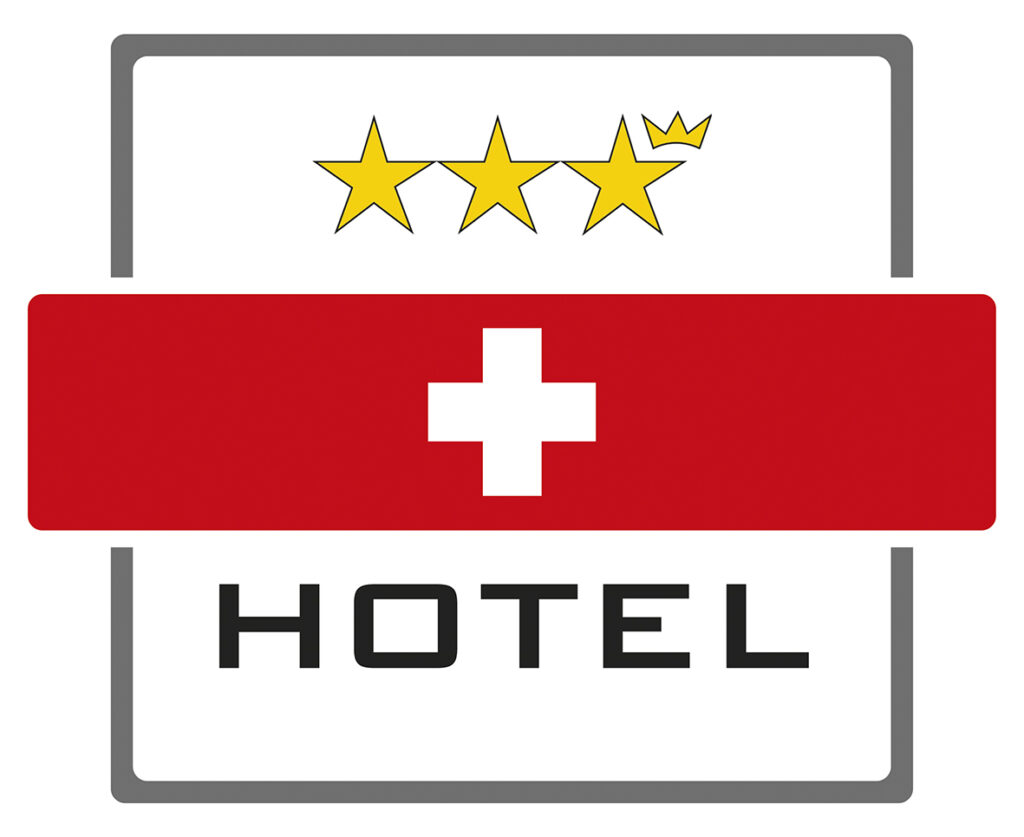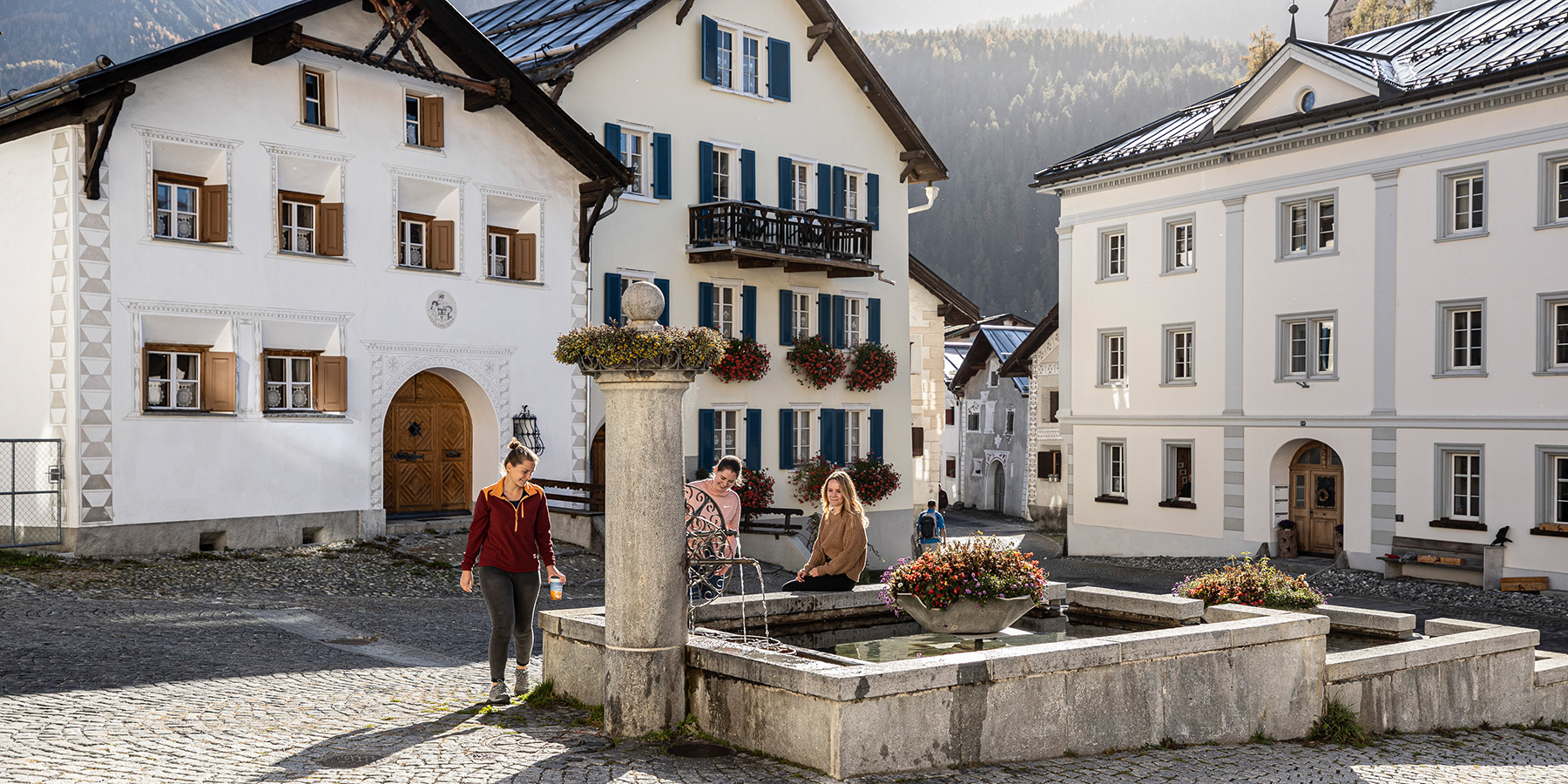
Engadine culture
Architecture, art and crafts in the Engadin
The alpine high valley and its cultural heritage
Engadin unites breathtaking nature with a rich diversity of culture. Many historical sites, elaborate buildings, and lively traditions await to be explored and experienced by you. From picturesque mountain villages to famous museums, Engadin offers an impressive selection of cultural treasures. Immerse yourself in our history, admire the architectural splendor, and be enchanted by this unique alpine region’s lively customs.
Muzeum Susch
Tradition united with contemporary art
A cultural jewel, situated in a historical building that once served as a Benedictine monastery.
Today, the museum is a showcase for contemporary art and culture. A fascinating fusion of historical architecture and modern artistic forms of expression await visitors. Thanks to a mixture of exhibitions, events, and creative programs, Muzeum Susch offers an enriching experience for lovers of art and those interested in culture alike.
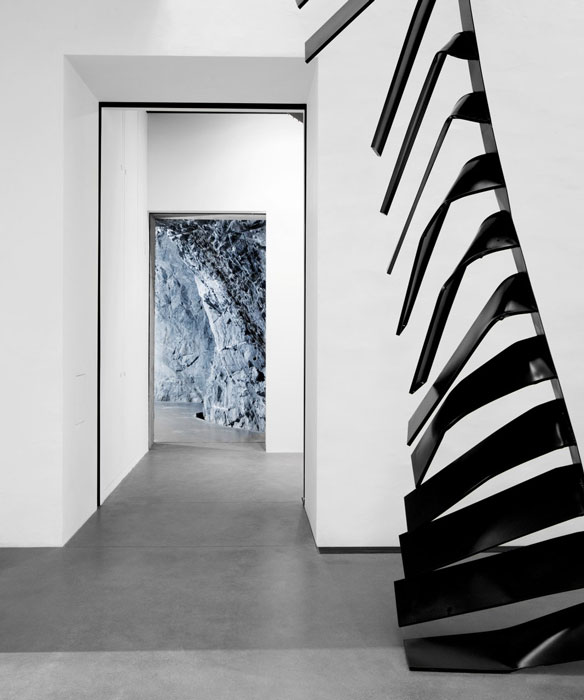
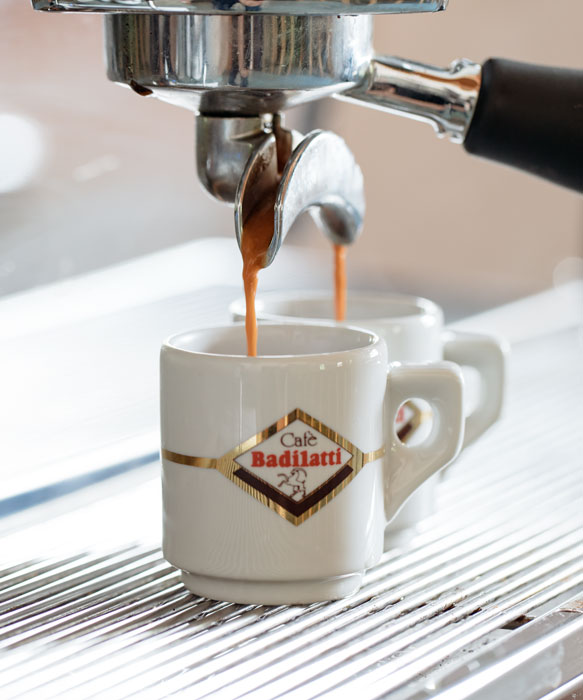
aferama Badilatti
From bean to cup
The company Badilatti in Zuor isn’t just a coffee-roaster but also a place of enjoyment and tradition. The Badilatti family has been passionately devoted to the art of coffee-roasting since 1906. In the Caferma, an inviting café and museum at the same time, visitors can not only sample excellent coffee but also get a glimpse into the history of coffee-making and roasting. The company attaches great importance to sustainability and quality, and this is reflected in the carefully selected beans and special roasting process which is the highest level of craftsmanship.
Segantini Museum
The Segantini Museum in St. Moritz is an important cultural institution that is dedicated to the life and work of the famous painter Giovanni Segantini. The museum houses an impressive collection of Segantini’s works, which stand out for their vibrant panoramas of the Alps and the use of light and color. Visitors have the opportunity to delve into the world of the exceptional artist and admire his masterpieces.
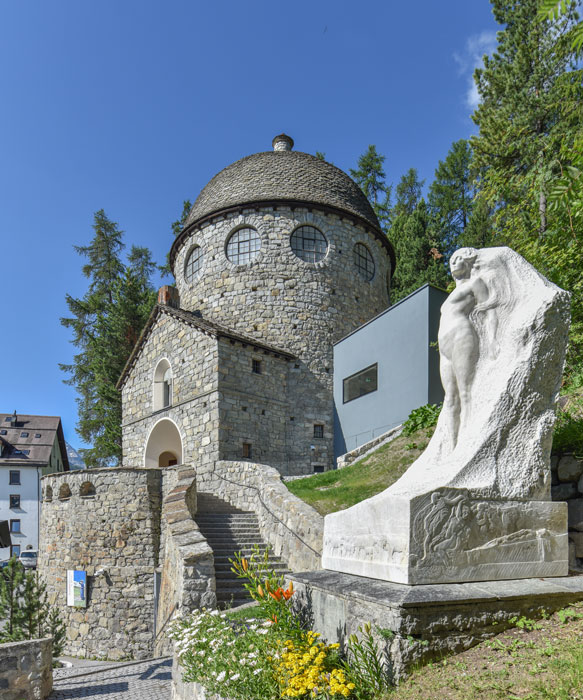
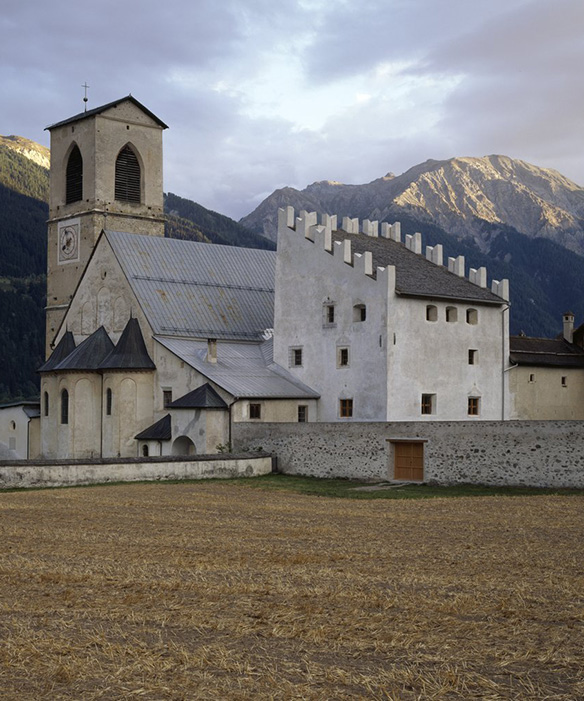
Convent of St. John Müstair
Twelve centuries of monastic, architectural, and art history
The Convent of Müstair, a jewel in the Swiss cultural landscape, is an impressive testimony of medieval history and architecture. The Benedictine convent is listed as a UNESCO World Heritage Site and dates back to the 8th century. It is impressive not only due to its well-preserved building fabric but also thanks to its cultural significance. The convent complex houses magnificent frescoes from the 9th century, which are among the oldest and best preserved of their kind. The convent is not only a spiritual center but also a captivating historical monument that takes visitors on a journey into the region’s rich history.
Tessanda Handweaving
a rare handcraft
Discover the fascinating world of hand weaving. This traditional art form has a long history in our region and is closely linked to the culture and identity of the Engadin. The Tessanda hand weaving factory is a symbol of quality and authenticity. Here you have the opportunity to watch the artisans at work and see how artistic carpets, blankets and other special textiles are made.
Listen to the sounds of the looms and experience this tradition up close.
